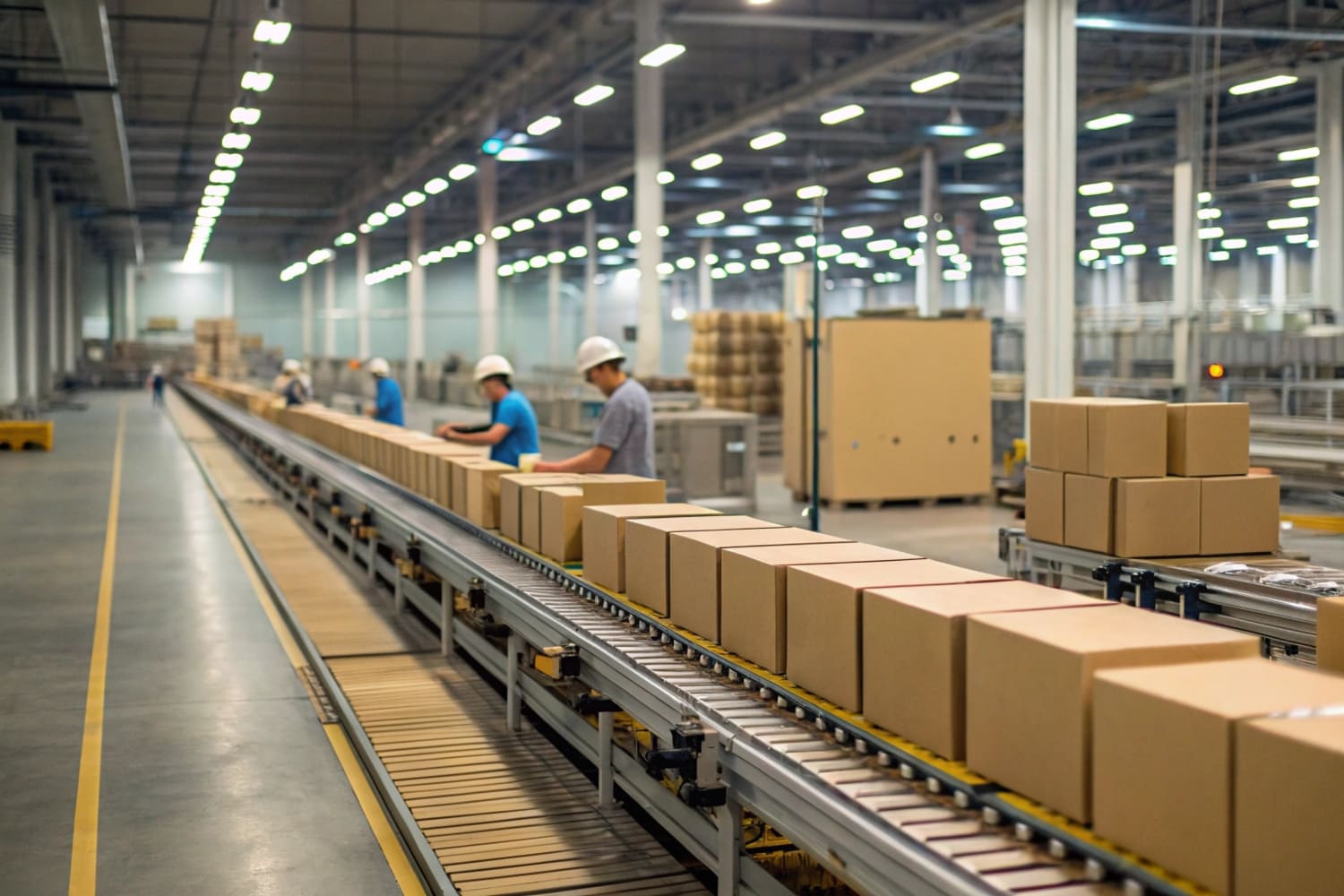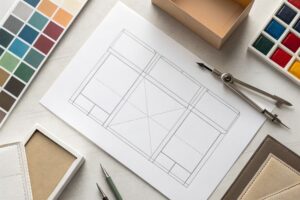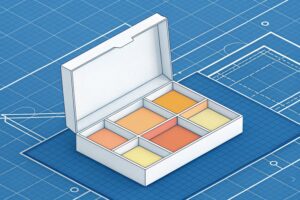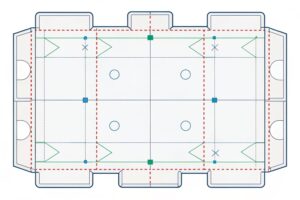Many brands want safer shipping and stronger shelf impact. Costs go up. Deadlines stay tight. I face the same push every season. I use carton packaging to solve these core problems fast.
Carton packaging protects products, carries brand messages, and improves logistics. It reduces damage, speeds handling, and supports retail display. It prints well, folds flat, and recycles easily. It lowers cost per unit without trading quality.
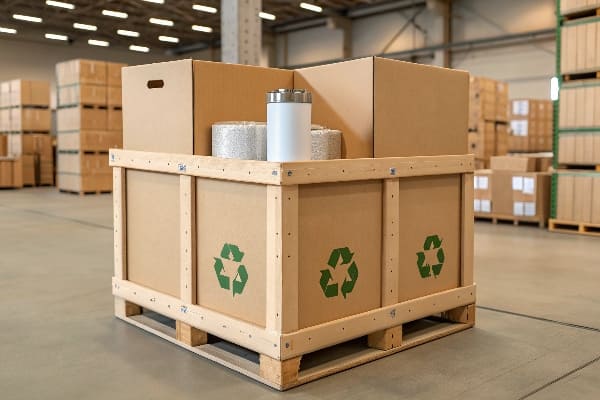
I will break it down in a clear way. I will show the value, the material basics, and common use cases. I will also share a short factory story from my cardboard displays work to make it real.
What are the benefits of carton packaging?
Many teams ask for one thing: do more with less. Less budget. Less time. Fewer complaints. I focus on benefits that move numbers, not buzzwords.
Main benefits include product protection, brand impact, lower freight, fast setup, high customization, and sustainability. These save money, lift sell-through, and reduce returns, while helping brands meet retailer and consumer expectations.
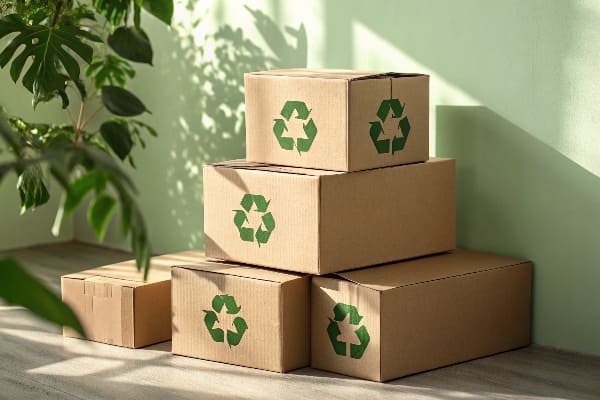
Key benefit pillars and how they show up
I keep benefits simple and practical. I group them into six pillars. Each pillar links to a clear retail outcome. In my factory, we test these in load, drop, and transit pilots before we scale. This table is a quick map you can use in planning.
| Pillar | What it means | Typical actions | Measurable outcome |
|---|---|---|---|
| Protection1 | Cushion and structure | Choose corrugate grade, add inserts | Fewer damages, fewer returns |
| Brand | Print and shape tell story | High-contrast art, die-cuts, coatings | Higher attention, better conversion |
| Freight | Flat-pack and lightweight | Optimize dielines, pack counts | Lower cost per shipment |
| Speed | Easy assembly | Tool-less locks, clear labels | Faster set, fewer store calls |
| Custom | Small to large runs | Digital print, modular parts | Localized promos, faster tests |
| Sustainability2 | Recyclable and efficient | FSC papers, water-based inks | Compliance, brand trust |
I share a short story. A sporting goods client needed a seasonal push in 5 weeks. The budget was tight. We switched from PET trays to E-flute cartons with smart tabs. We kept the same shelf footprint. We shipped flat. Stores set up in five minutes. Breakage fell by 38%. The buyer extended the program and reordered with only artwork swaps. The unit margin went up because freight and returns went down.
What is carton packaging?
People use many terms. Some say “carton,” some say “cardboard,” some say “paperboard.” The core idea is simple. It is a paper-based structure that protects and presents goods.
Carton packaging is a paper-based container or display, usually made from paperboard or corrugated board, designed to protect, ship, and present products. It folds flat, prints easily, and is widely recyclable.
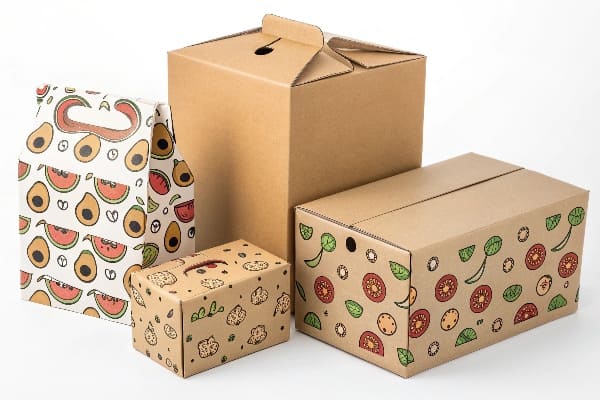
Materials and structures, explained in plain words
I see two main families in daily work. Paperboard (folding carton) and corrugated board (fluted board). Paperboard works for lighter items and premium printing. Corrugated works for heavier loads and shipping stress. The flute creates a cushion. The liner keeps shape. Coatings help with moisture and scuff. Simple is best. Choose only what the use needs.
| Type | Best for | Typical thickness | Print quality | Strength | Notes |
|---|---|---|---|---|---|
| Paperboard (Folding Carton)3 | Cosmetics, food sleeves, small gifts | 250–450 gsm | Excellent | Low-Medium | Smooth surface, clean edges |
| Corrugated (E-flute)4 | Counter displays, mailers | \~1.5 mm | Very good | Medium | Good for fine print and strength |
| Corrugated (B-flute) | Floor displays, shipper trays | \~3 mm | Good | High | Stable for tall displays |
| Corrugated (Double-wall) | Bulk packs, heavy tools | \~5–7 mm | Fair | Very high | Strong but heavier |
I use standard joints like tuck tabs, crash locks, and auto-bottoms to speed assembly. I label panels for store teams. I plan pallet packs to match retailer rules. I run color targets with water-based inks to control shade drift. Simple controls stop most problems before they start.
What is the purpose of cardboard packaging?
The word “purpose” sounds big. I keep it grounded. The purpose must support the product, the retailer, and the shopper at the same time.
The purpose of cardboard packaging is to protect the product, move it efficiently, and sell it on shelf. It balances strength, cost, print impact, and sustainability across the full supply chain.
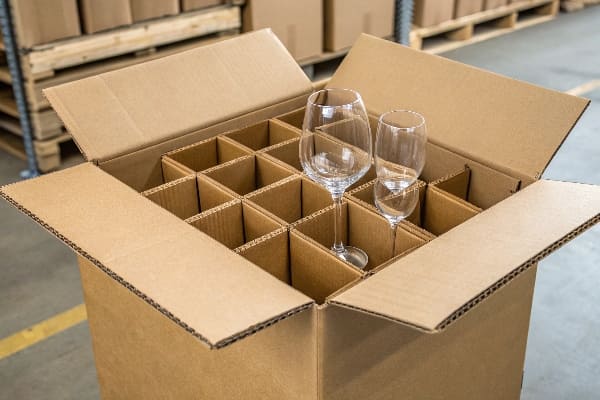
From factory to aisle: one package, three jobs
I use one lens with three jobs. Protect, Move, Sell5. If one job fails, the rest fall apart. I build specs by that order. First, I size the risk of drop, stack, and moisture. Next, I design for pallets and trucks. Last, I tune print and shape for the aisle. This order saves time and money because changes late in design cost more.
| Job | Key questions | Practical checks | Red flags |
|---|---|---|---|
| Protect | How heavy? How fragile? | Drop tests, edge crush, humidity | Soft corners, tear at slots |
| Move | How many per pallet? | Pallet fit, cube, pack out | Overhang, wasted headspace |
| Sell | How does it stop and inform? | Contrast, claim, QR, power zones | Small logos, busy art, glare |
I add one more note from my display work. On floor POP displays, I often use B-flute for the main tower and E-flute for shelves6. This mix keeps print sharp on touch points and keeps the spine strong. I add hidden locks so stores do not need tools. I print a simple set-up map on the back panel. These tiny choices cut calls to the buyer’s team by more than half in our last hunting gear rollout.
Is a carton box useful or waste?
Some people think a carton is just trash that we must throw away. I understand that view. Many boxes look plain. Many get crushed and tossed fast.
A carton box is useful when it prevents damage, supports sales, and recycles cleanly; it becomes waste when it adds cost without protection or display value. Good design keeps it useful longer.
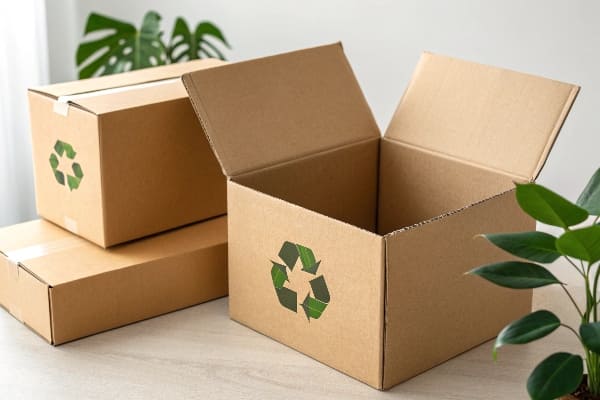
How to tell value from waste, step by step
I use a simple score when I review new cartons with buyers and engineers. We rate protection, handling, display, and end-of-life. We set pass marks that match the product margin. If the score misses, we change the spec. If we cannot fix it, we cut the carton. This keeps us honest and keeps waste low.
| Factor | Questions to ask | Good signs | Fix or cut |
|---|---|---|---|
| Protection | Does it reduce returns? | Damage trend down | Upgrade flute or add insert |
| Handling | Does it pack and set fast? | Flat-pack, clear labels | Add auto-bottom or QR setup |
| Display | Does it lift sales? | Higher facing, bold claim | Improve art or die-cut |
| End-of-life7 | Can a store recycle it? | Mono-material, no plastic | Replace films or coatings |
| Cost | Does it pay for itself? | Lower total landed cost | Redesign or remove carton |
I share one short story from my factory work with outdoor gear. A crossbow brand asked for a heavy gift box plus a separate floor display. The budget was tight. We merged the shipper and the display into a PDQ style master with tear-away fronts. We kept the premium print on key faces only. The structure held weight with small ribs. Stores opened the pack and set it in one minute. We removed an inner tray and a second outer box. Material use dropped by 22%. Damage rate8 stayed under 1%. Sell-through rose during the season because the unit told the story on the pallet and on the floor. That is not waste. That is value.
Conclusion
Carton packaging protects, moves, and sells. When design is clear and simple, it saves money, cuts waste, and lifts results across the whole launch.
Discover insights on how effective packaging protection strategies can lead to fewer damages and returns, boosting profitability. ↩
Explore this link to understand how sustainability can enhance brand trust and compliance, crucial for modern businesses. ↩
Explore this link to understand how Paperboard enhances product presentation and protects items effectively. ↩
Discover the unique benefits of E-flute in packaging, especially for displays and mailers, ensuring your products stand out. ↩
Understanding these roles can enhance your packaging strategy, ensuring efficiency and effectiveness in product delivery. ↩
Exploring this topic will help you choose the right flute type for your packaging needs, optimizing both strength and print quality. ↩
Exploring this resource will provide insights into sustainable packaging solutions and recycling practices that can enhance your product’s lifecycle. ↩
This link will offer strategies and tips to minimize damage rates, ensuring your products reach customers in perfect condition. ↩

